This blog highlights the rising challenge of financial crimes and the significant compliance costs for financial institutions. It discusses how Robotic Process Automation (RPA) can improve accuracy and efficiency in anti-money laundering efforts. Anaptyss’ Digital Knowledge Operations™ framework offers tailored solutions for effective RPA adoption and enhanced compliance.
Financial crimes have been a growing problem for banks and other financial institutions. Offenses like money laundering have drawn increased regulatory attention over the years. As a result, due diligence efforts like KYC processes and tracking and reporting suspicious transactions have become critical to combating financial crimes and meeting compliance.
The high costs of meeting compliance with BSA/AML regulations is a critical challenge for banks. A study by the United States Government Accountability Office (GAO) informs that financial institutions spend between 0.4% and 2.4% of their total operating expenses on anti-money laundering efforts.
Digital technologies such as Robotic Process Automation (RPA) can help financial institutions counter financial crimes and meet compliance with cost-effectiveness. Here’s how-
The high costs of AML programs are incurred on manual efforts in cross-verifying automated alerts, including a high percentage of false alerts, processing of suspicious transactions, and filing the Suspicious Activity Report (SAR). Robotic Process Automation can cut short the processing time and offer better accuracy than the traditional AML software using advanced machine learning capabilities. In fact, RPA has emerged as a powerful technology in BFSI industry’s efforts to counter financial crimes.
How Does Process Automation Help Counter Financial Crimes?
Robotic Process Automation is essentially software embedded with machine learning capabilities such as evolutionary algorithms to learn behavioral patterns. Thus, RPA tools can learn patterns and automate complex and error-prone workflows with high accuracy.
They can help financial institutions reinforce AML programs by automating the tracking and processing of transactions with high accuracy and efficiency. Further, by taking over the monotonous, rule-based tasks, RPA programs free up manual capacity for strategic, high-value tasks.
RPA for Fighting Financial Crimes – Key Benefits
1. Automate with accuracy
RPA programs can automate repetitive tasks such as data retrieval and formatting with high accuracy and efficiency. For example, robotic process automation can check the data authenticity for processes such as KYC screening and transaction tracking.
2. Leverage machine learning and NLP
It can analyze unstructured data such as service logs, and leverage machine learning algorithms to analyze the data and detect suspicious transactions. RPA programs can understand human language using natural language processing techniques, enabling emotive tone analysis to detect fraudulent activities.
3. Create compliance readiness
It can also carry out anti-bribery and anti-corruption tests while analyzing red flags in financial transactions. RPA tools can also generate an audit trail for recordkeeping to support compliance.
4. Save costs with high efficiency
RPA tools can save financial institutions thousands of dollars by reducing the dependency on manual processes that are prone to errors and manipulation.
5. Highly scalable and productive
Enables scalability to manage high data volumes during peak times. Also, process automation tools can function 24×7, offering higher productivity and throughput.
Adopting Robotic Process Automation
Like other technology-based solutions, RPA requires assessing the processes and environment for effective adoption. Additionally, there are different types such as attended/unattended automation and hybrid RPA.
A consulting-led approach can help in adopting the automation solution based on a financial institution’s specific needs and circumstances.
The Digital Knowledge Operations™ framework enables easy and successful adoption of RPA in several ways:
- Domain-led consultative approach to assess the AML obligations and compliance parameters
- Data-driven and pragmatic approach to determining the scope and automation solution
- Technical expertise for implementing the RPA solution
- Customization options to support the business’ specific needs
Want to adopt RPA for Tackling Financial Crimes? Please write to us: info@anaptyss.com.

















